Venice’s magnificent Doge’s Palace is one of the most famous sights in the city and a fascinating reminder of its history and former political significance. As such, the stunning building with its intricate Gothic-era architecture should be on every first-time visitor’s itinerary.
While the elaborate council rooms with their amazing paintings can be visited independently, several other parts of the Palace can only be accessed by taking one of several guided tours. On our last visit to the lagoon city, we decided to try the Secret Itineraries Tour.
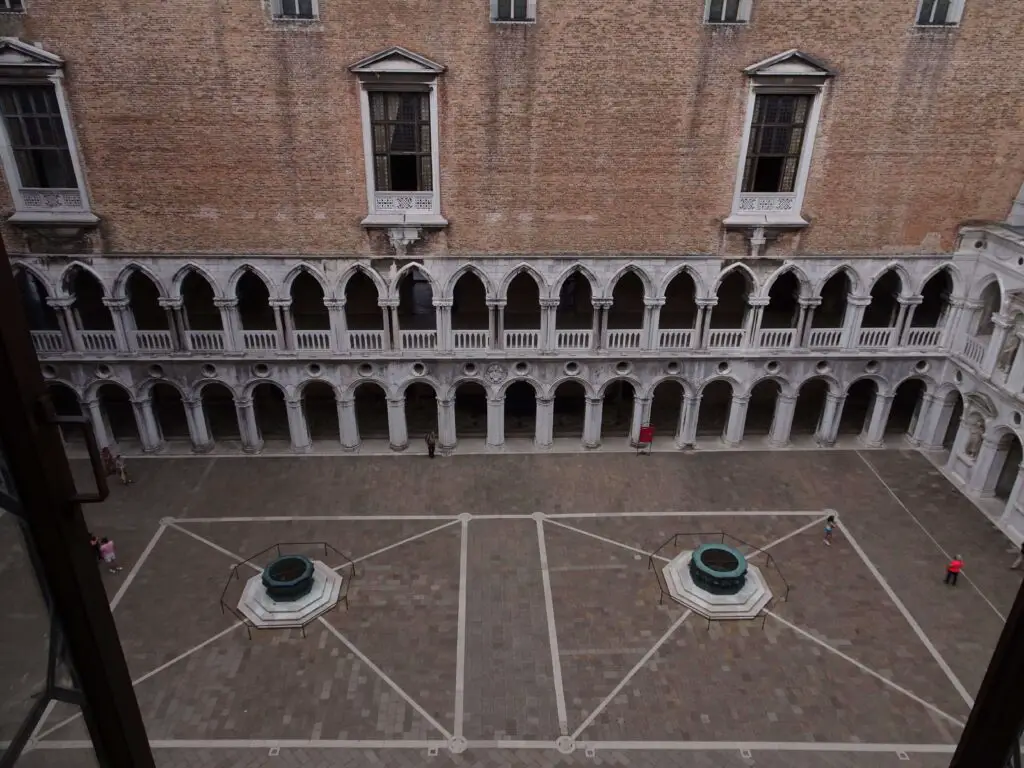
By doing so, we got a glimpse of both the Magistrates’ Chambers and the infamous prison cells situated in the building. Read on for everything you need to know about exploring the secret parts of the Doge’s Palace.
This post may contain affiliate links, and I might earn a small commission at no additional cost to you. For more info, click here.
History of the Doge’s Palace
Construction of the palace began in the 14th century, and over the centuries, it underwent various additions and renovations, resulting in the eclectic blend of architectural styles you can see today. The palace not only housed the Doge’s living quarters, but also served as the seat of government and a symbol of Venetian power.
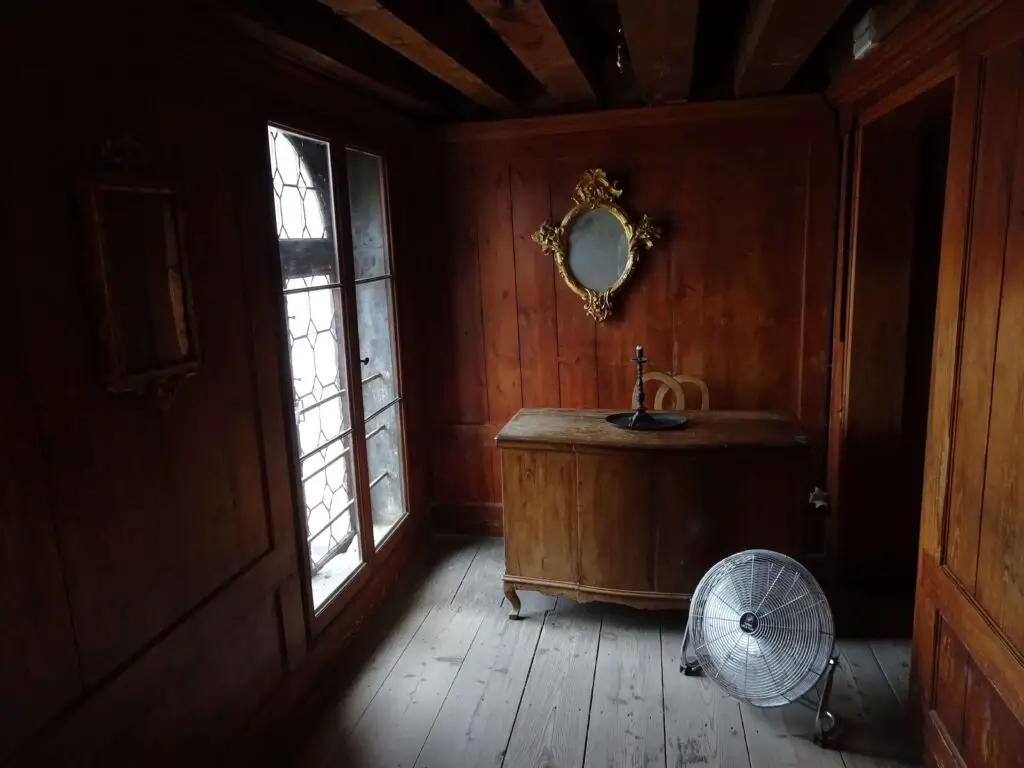
But the building has a darker side to it as well, with a series of prison cells constructed on the dank ground floor and in the stiflingly hot attic. The most notorious inmate held here was the promiscuous adventurer and writer Giacomo Casanova. These grim areas are the ones you can only visit during the tour.

.
Our Top 3 Places to Stay in Venice
Budget Option: Hotel Santa Lucia
Best Value: Hotel Moresco
Luxury Choice: Hotel Cipriani (pictured)
.
How to Get to the Doge’s Palace
The Doge’s Palace is centrally located in St. Mark’s Square, which is easily accessible by foot from most points in the city centre. If you’re coming from farther away, Venice’s public waterbus system, known as vaporetto, is a good option for reaching the Doge’s Palace. You can check routes, timetables and prices on this site.
Depending on your location, find the nearest vaporetto stop and board Line 1 or Line 2. Both lines pass through St. Mark’s Square, where you can disembark and easily find the palace.
Doge’s Palace Opening Hours
In general, the Doge’s Palace is open from 9am to 7pm, but to see the places mentioned above, you’ll have to take the Secret Itineraries Tour, which has varying starting times.
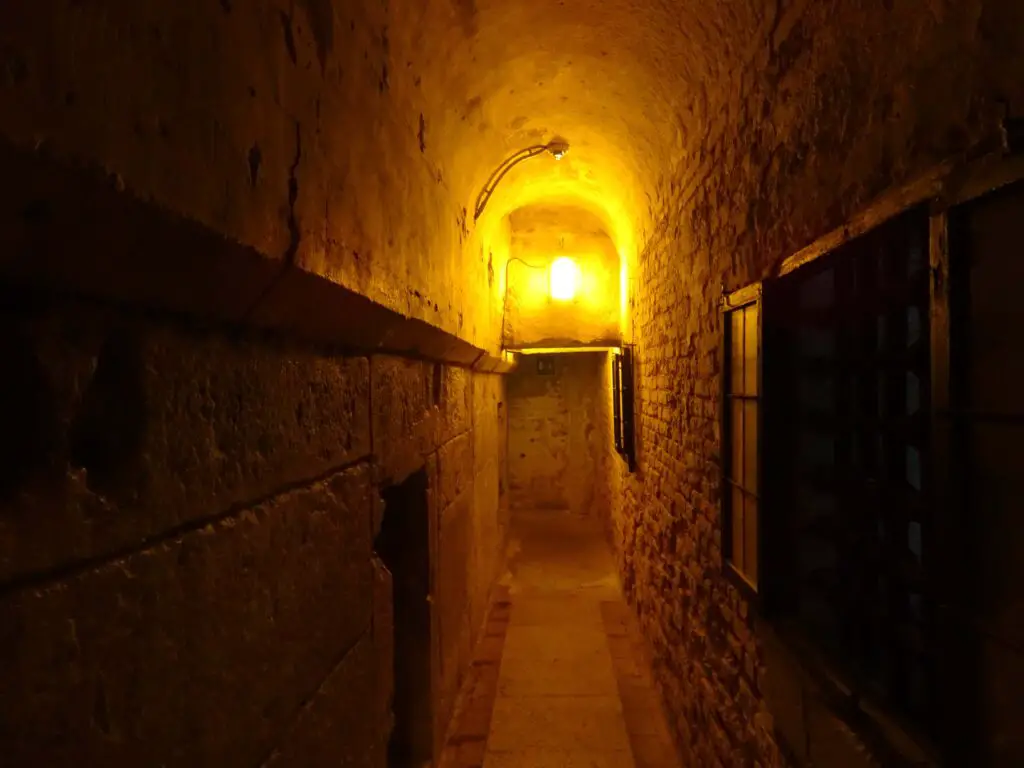
Duration of the Secret Itineraries Tour
The tour took about 90 minutes, but you can easily add at least an hour to independently explore the stately rooms in the rest of the palace afterwards.
A Description of the Secret Itineraries Tour
Our tour began in the stately courtyard, where the knowledgeable guide doled out some interesting facts about the building and its history. For instance, I was surprised to learn that the Doge wasn’t allowed to leave the palace except on official occasions – talk about a golden cage.
The first stop inside the building were the “regular” prison cells on the ground floor of the palace. Constructed in the 13th and 14th centuries, they were referred to as Pozzi (Wells) due to their constantly damp interior.
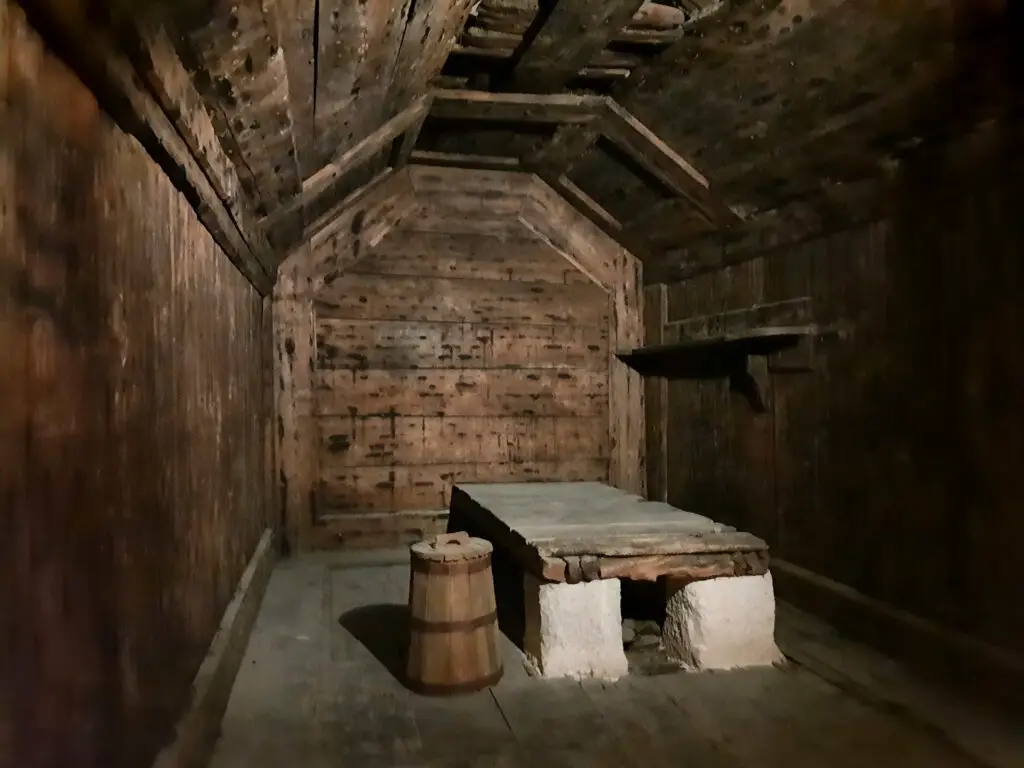
While walking along a narrow stone corridor, we had a chance to glimpse into several of the cramped and dark cells, which were completely empty except for an uncomfortable-looking wooden cot, a small shelf and a bucket (the function of which you might guess). Apparently it was no fun falling out with the Republic.
The next rooms we visited after ascending some stairs were similarly small, but decidedly less uncomfortable. These were the offices, where the ducal notary and the keeper of the secret archives of the council worked. The office of the Great Chancelor was a bit bigger, as one might expect.

For me, the most interesting room in this part of the palace was the chamber of the secret chancellery, whose walls were covered in wooden panels displaying the coat-of-arms of the various prestigious families that the council members belonged to.
The more sinister side of the palace isn’t far away, though, and next we passed through a torture chamber, where until the 17th century prisoners were interrogated while being hung by his arms on a rope from the ceiling.

After a short detour via the attic, where several period weapons are displayed in glass cases, we passed the infamous Piombi (Lead Chambers), which, despite the fact that they got unbearably hot in the summer, offered somewhat better conditions than the Pozzi on the ground floor.
The most famous inmate of these was notorious adventurer Giacomo Casanova, who was arrested for “affront to religion and common decency”. In 1757, Casanova was one of very few people who actually managed to escape the prison in a celluloid-worthy caper, which he detailed in his memoirs thirty years later.
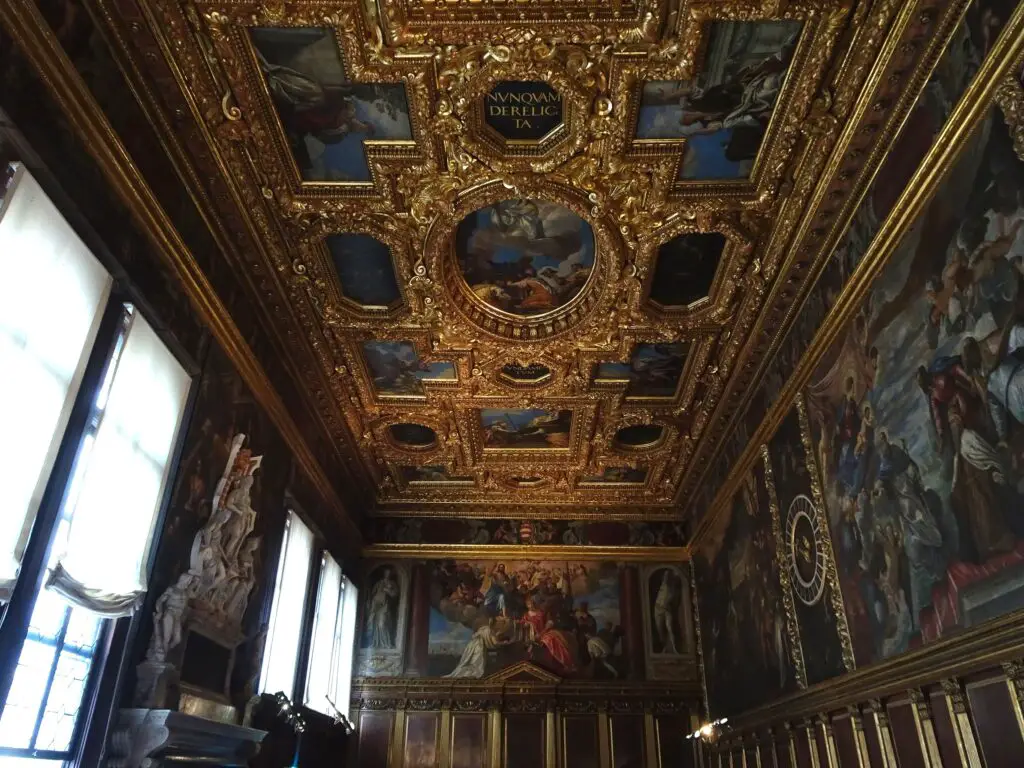
While one might be inclined to take his writings with a grain of salt, the jailers’ accounts actually seem to corroborate his claims. This historic place is where the tour came to its end, but afterwards we still had a chance to independently explore the stately council chambers and reception rooms in the more public parts of the palace.
Is the Secret Itineraries Tour Worth It?
In my opinion, it is well worth it. While I’m usually not the biggest fan of guided tours (as I like to explore places in my own pace), here it’s a no-brainer as it gets you to many places, which are otherwise inaccessible to the public.
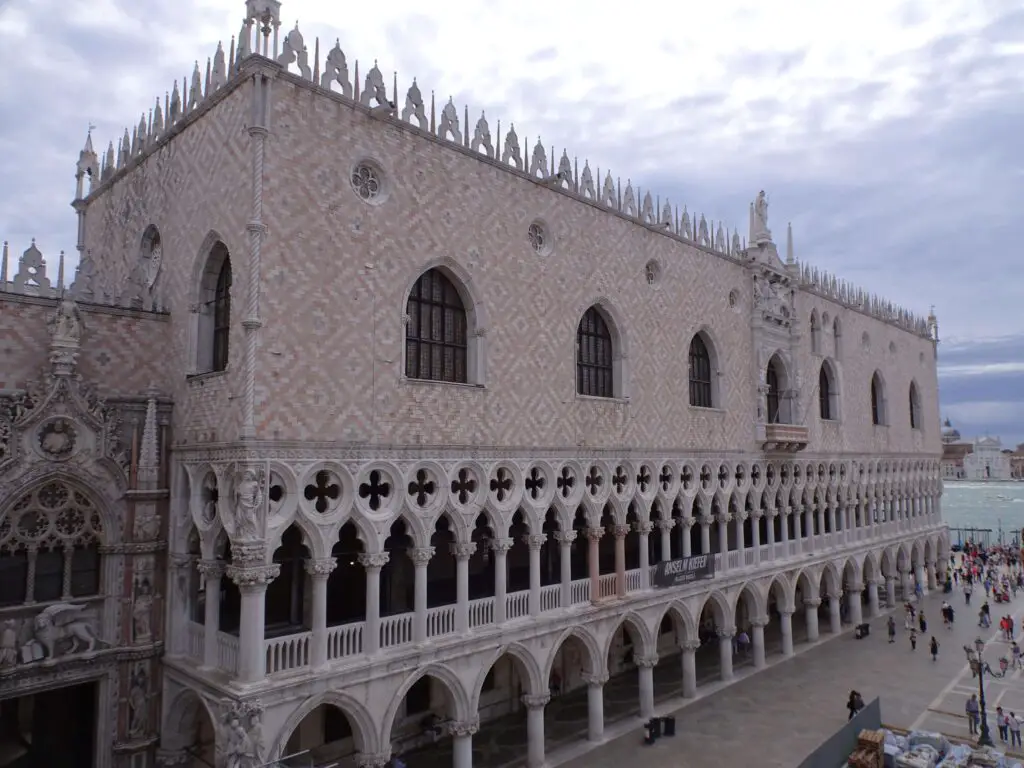
Apart from that, our group was rather small (about a dozen people) and our guide was very knowledgeable and enthusiastic, which made the whole experience quite enjoyable. Thus, I can really recommend taking the Secret Itineraries Tour and seeing a different part of the Doge’s Palace.
Where to Stay in Venice
Venice accommodations can get quite expensive, but there are a couple of affordable hostels with dorms, like Generator Venice. If you prefer a private room, there are options, too. We stayed in Hotel Santa Lucia, close to the train station, which has rooms in different tiers of price and quality.
The most affordable ones are smallish and have shared bathrooms, but are definitely good value compared to other hotels in the city. In the mid-range section, Hotel Moresco has very good reviews, while if you want to go all-out on luxury, you should check out the exclusive Hotel Cipriani.
See also
What to Know About Visiting St. Mark’s Basilica in Venice, Italy
How to Visit Venice on a Small Budget – Tips for a Cheap but Enjoyable Stay
Exploring the Filming Locations of Indiana Jones and the Last Crusade in Venice, Italy

